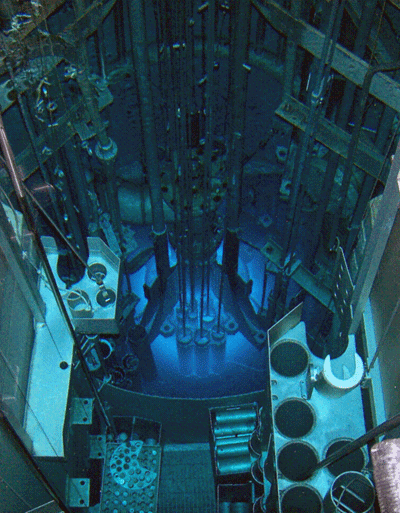Nuclear CSI: Noninvasive procedure could identify criminal nuclear activity

Determining if an individual has handled nuclear materials, such as uranium or plutonium, is a challenge national defense agencies currently face. The standard protocol to detect uranium exposure is through a urine sample; however, urine is able to only identify those who have been exposed recently. Now, scientists at the University of Missouri have developed procedures that will better identify individuals exposed to uranium within one year. Scientists and homeland security experts believe this noninvasive procedure could identify individuals who may be smuggling nuclear materials for criminal purposes.
"We are working to develop a tool that law enforcement agencies in nuclear proliferation or smuggling investigations can use to identify individuals who have handled special nuclear material," said John Brockman, associate professor of research in the MU Research Reactor Center. "The goal of our research was to determine if hair, fingernail clippings and toenail clippings could be used to better detect uranium exposure."
Brockman collected hair, fingernail and toenail clippings from workers in nuclear research facilities from around the country. Testing procedures developed by Brockman and his team were able to identify exposure to both natural and manmade sources of uranium.
According to the World Nuclear Association, naturally occurring uranium is a mixture of three isotopes, including uranium-238 (U-238), U-235 and traces of U-234. U-238 accounts for over 99 percent of the isotopes found in nature; U-235 is the isotope necessary to create nuclear weapons or power a nuclear reactor. U-235 is considered a fissile isotope, meaning the atom has the ability to split, yielding a large amount of energy. Uranium that has been used as fuel in a nuclear power plant also contains the manmade isotope, U-236.
"Our technique was not only able to determine uranium exposure, but also the specific isotopes the individual has handled within the last year," Brockman said. "We were able to identify exposure to enriched uranium, which is used to make both nuclear fuel and weapons, and U-236 which is suggestive of nuclear fuel reprocessing."
With this discovery, law enforcement official could use specialized equipment and identify individuals who have been exposed to special nuclear material within 48 hours. Brockman is looking to expand his analysis with the national human radiobiological tissue repository (NHRTR) to further provide insight on how hair and nail samples could be used to monitor exposure to special nuclear material.
The MU Research Reactor has been a crucial component to research at the university for more than 40 years. Operating 6.5 days a week, 52 weeks a year, scientists from across the campus use the 10-megawatt facility to not only provide crucial radioisotopes for clinical settings globally, but also to carbon date artifacts, improve medical diagnostic tools and prevent illness.
Provided by University of Missouri-Columbia
















